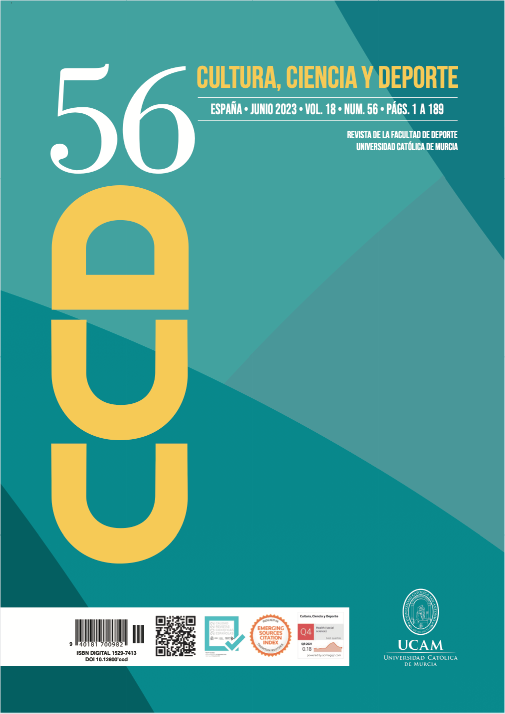Relationship between nutritional status and motor development in prescholers chilean.
DOI:
https://doi.org/10.12800/ccd.v18i56.1960Abstract
The objective of the study was to compare motor development according to nutritional status in children aged 3 to 5 belonging to “JUNJI” kindergartens from Valparaíso, Chile. Descriptive study with a non-probabilistic sample for convenience, composed of 136 preschoolers (girls n=70 and boys n=66) with a mean age of 3.67 ± 0.40 years. The body mass index (BMI) was calculated based on the formula between weight and height, expressed in kg/m2 and nutritional status was classified based on international indications described by the World Health Organization (WHO). Motor development was identified and classified with the Test of Gross Motor Development (TGMD-2).
A comparative analysis was performed according to gender and nutritional status. Preschoolers are located mainly between the levels of motor development "very poor", "poor", "low average" and "average". No preschool was placed at the "very high" level. No significant differences were found according to gender and nutritional status for the motor development variable. Girls in overweight/obesity categories show a lower motor development than girls in low weight/normal weight categories, a situation that is not repeated in participating boys.
Published
How to Cite
Issue
Section
License
Copyright (c) 2023 Creative Commons Attribution License

This work is licensed under a Creative Commons Attribution-NonCommercial-ShareAlike 4.0 International License.
The authors who publish in this journal agree with the following terms:
- The authors retain the copyright and guarantee the journal the right to be the first publication of the work as well as licensed under a Creative Commons Attribution License that allows others to share the work with recognition of the authorship of the work and the initial publication in this journal.













